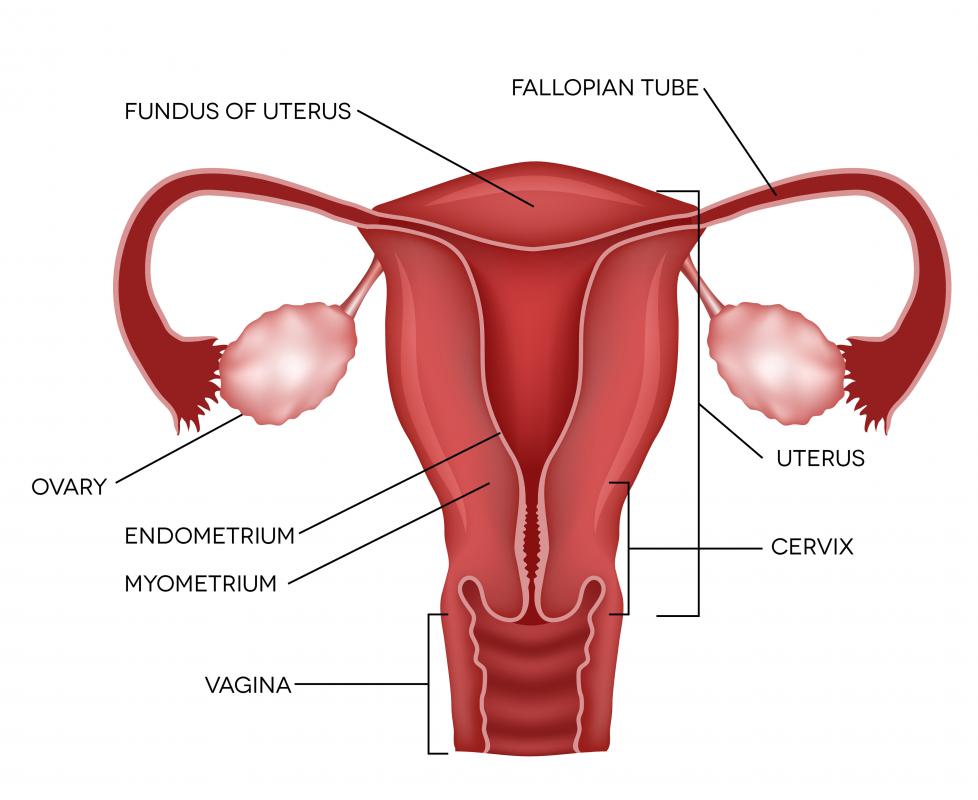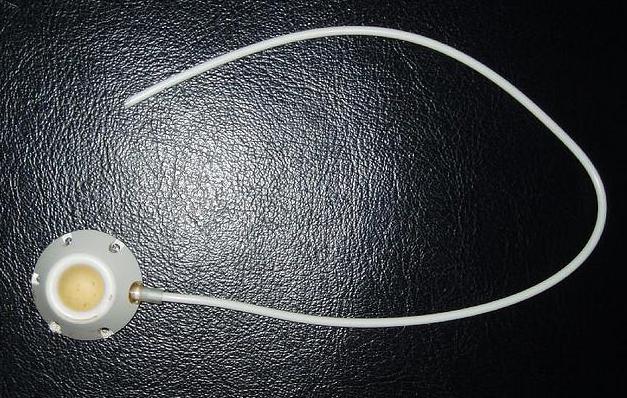At WiseGEEK, we're committed to delivering accurate, trustworthy information. Our expert-authored content is rigorously fact-checked and sourced from credible authorities. Discover how we uphold the highest standards in providing you with reliable knowledge.
What is the Epidermal Growth Factor Receptor?
Epidermal growth factor receptor (EGFR) is an important component in cancer treatment. EGFR, also called either Erb or human epidermal growth factor receptor (HER), is a protein located on the membranes of some cells. Ligands, or molecules, bind to the receptors and initiate a cascade that controls cell growth. Some types of cancer cells have an abnormally high number of the receptors, which leads to the uncontrolled growth of tumors.
Ligands activate the epidermal growth factor family of receptors. The receptors pair with the ligands, which results in phosphorylation, or the addition of a phosphate group to the molecule. Phosphorylation creates attachment sites for the molecules that relay the signals downstream. The pathway ends with the stimulation of cell proliferation.

The receptors are arranged so that they cross the cell membrane, providing a channel from the outside to the inside of the cell. When the ligands prime the receptors outside the cell, the receptors translate that signal to the inside. The signals trigger a cascade that stimulates cell growth and division. In a normal cell, this pathway is tightly regulated to control growth.

Cancer cells, however, lack the regulatory mechanisms of normal cells. Epidermal growth factor receptor might be overexpressed, meaning that the cell membrane has too many binding sites. Cells might contain too many copies of the protein, called gene amplification. Some cancer cells also have the ability to create their own ligands, creating cells that stimulate themselves into multiplying.

Epidermal growth factor receptor overexpression leads to the classic characteristics of cancer cells: the cells grow too quickly, they divide too often, they produce their own blood supply, and they lack the normal signals that initiate natural cell death, or apoptosis. Tumors that overexpress EGFR tend to be more advanced and more resistant to chemotherapy and radiation compared with tumors that do not overexpress the protein. Such tumors are also associated with reduced overall survival. The receptor has been identified in breast, colorectal, prostate, ovarian, bladder and pancreatic cancers, as well as esophageal, gastric, head and neck and non-small cell lung cancers.

Targeted therapies seek to disrupt the signaling cascade, preventing EGFR from stimulating cell growth and proliferation. Classes of targeted therapies include monoclonal antibodies, tyrosine kinase inhibitors and immunotoxin conjugates. These therapies are associated with fewer side effects than traditional chemotherapy agents because they are more specific. Fewer healthy cells are damaged by the treatment than when traditional chemotherapy or radiation is used.
The signaling cascade might be disrupted at several points. On the cell surface, the agents might preferentially bind to the receptor sites, preventing the ligands from attaching. The targeted therapies might also suppress the receptors and render them inactive. Inside the cell, the therapies might interrupt the cascade at any point by blocking crucial proteins, thus preventing the signal from reaching its target.
AS FEATURED ON:
AS FEATURED ON:














Discuss this Article
Post your comments